- JP
- EN

Expanding the potential for the re-use and recycling of plastics
In our world today, there is a growing plastic waste problem, and solving it is a major challenge. Plastic waste pollutes the marine ecosystem, and devastates ocean environments. All companies using plastic (resins) need to change the way they do business. That's where an important shift comes in - a change from the environmentally damaging business cycle of production-consumption-disposal to the sustainable cycle of production-consumption-collection-recycle. We promote material recycling that involves the re-use of plastic waste. A key shift is also occuring in bioplastics, which helps to lower our carbon footprint and reduce our dependence on fossil fuel resources. We are also promoting the idea of "reducing," in the sense of reducing the amount of plastic used in the first place.
TAFMER™ boosts the performance of plastic waste when it is added during the material recycling process. In addition, adding TAFMER™ to compounded resins that include a blend of biomass materials and inorganic filler improves product performance while enabling a reduction of plastic use. For flexible packaging applications, TAFMER™ also improves the heat-sealing performance of films, expanding possibilities of easy-to-recycle mono-material packages.
TAFMER™ expands the potentials of plastics while helping to create a sustainable society.
Recycle

Improving the physical properties of recycled plastic waste
Waste plastic is a mixture of different types of resins, and the physical properties of waste plastic are known to be lower than those of unmixed resins (virgin materials). Adding TAFMER™ to waste plastic improves the performance of polyolefin resin-based mixed plastics and helps expand their potential applications. This also allows for mixed plastics containing polar resins such as polyamide (PA) to be re-used.
Combinations of differing resins types (examples)
- Polyolefin resins (Polyethylene (PE) / Polypropylene (PP))
- Polyolefin resins (PE or PP) / polar resins (PA, ethylene-vinyl alcohol copolymers, etc.)
Reduce

Improving the physical properties of composite resins with filler
Adding TAFMER™ can boost performance and expand potential applications. This helps to reduce the use of petroleum-derived resins.
Combinations of resins and fillers (examples)
- PE / filler
- PP / filler
Solution
The benefits of TAFMER™
Adding TAFMER® improves physical properties that are degraded when different types of polymers and fillers are blended together, and helps transform these materials into eco-friendly products.
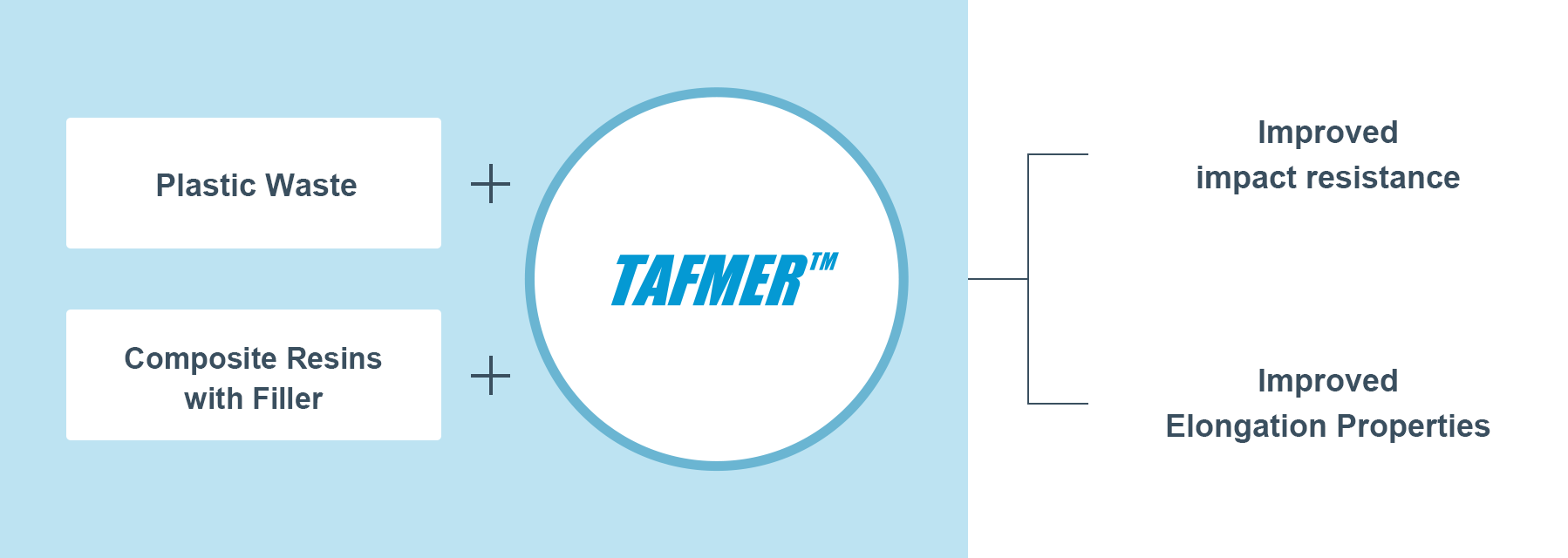
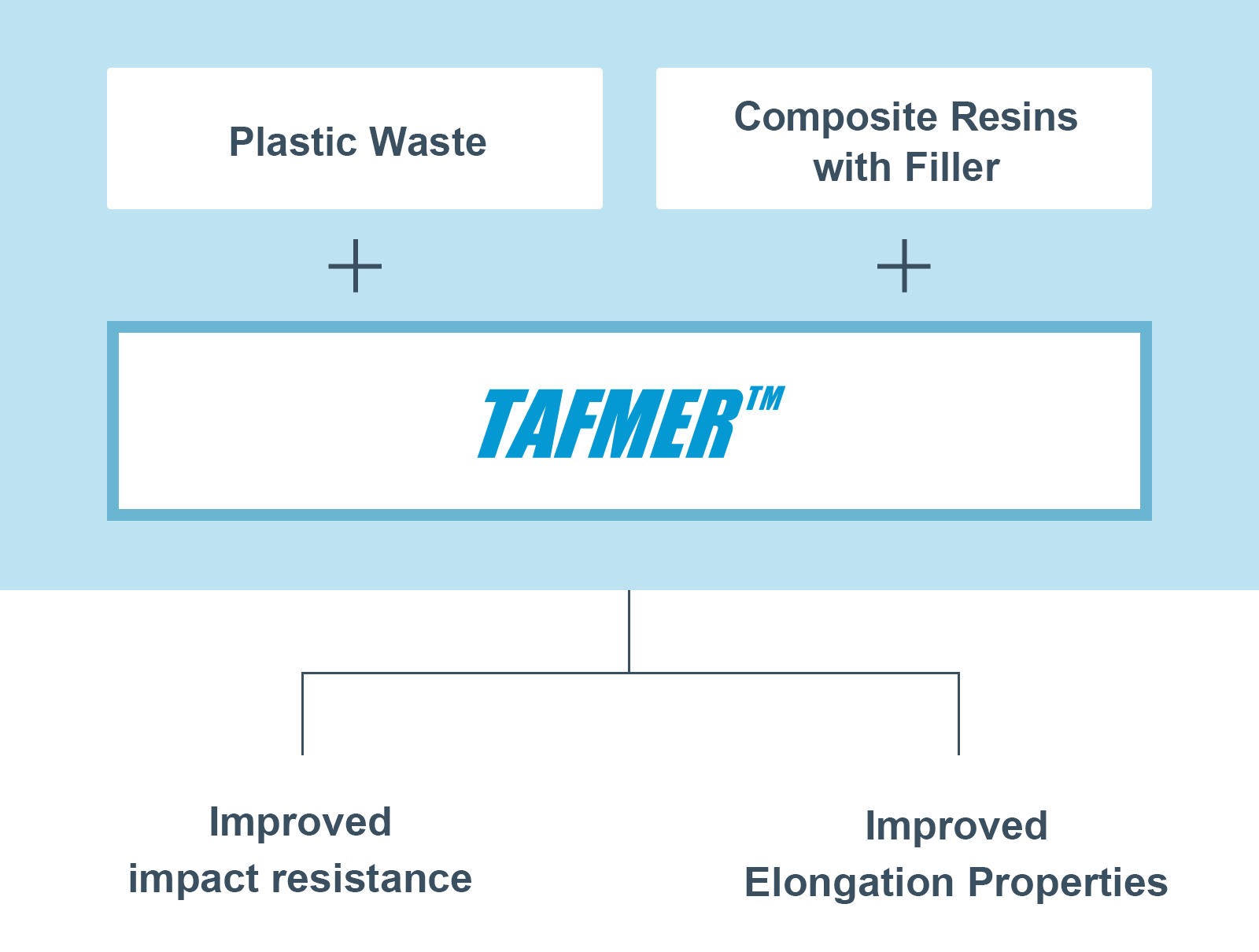
Technology
Data Outline
This section introduces data regarding the addition of TAFMER™ and how it improves the physical properties of plastics.
PE/PP modification data
Model raw materials: High-density polyethylene=70/30wt% / Modifier: TAFMER™ DF640
High-density polyethylene (HDPE): MFR (230ºC, 2.16kg) = 8g/10min
Homo polypropylene (hPP): MFR (230ºC, 2.16kg) = 9g/10min
DF640: MFR (230ºC, 2.16kg) = 6.7g/10min., density = 864kg/m3
The addition of TAFMER™ improves impact resistance (absorbed energy during impact test) and tensile elongation.
-
《 Impact Resistance 》
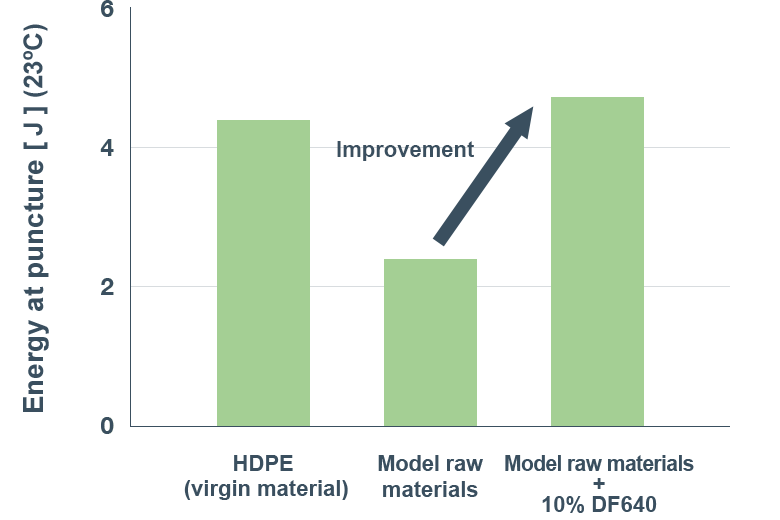
-
《 Tensile Elongation at Break 》
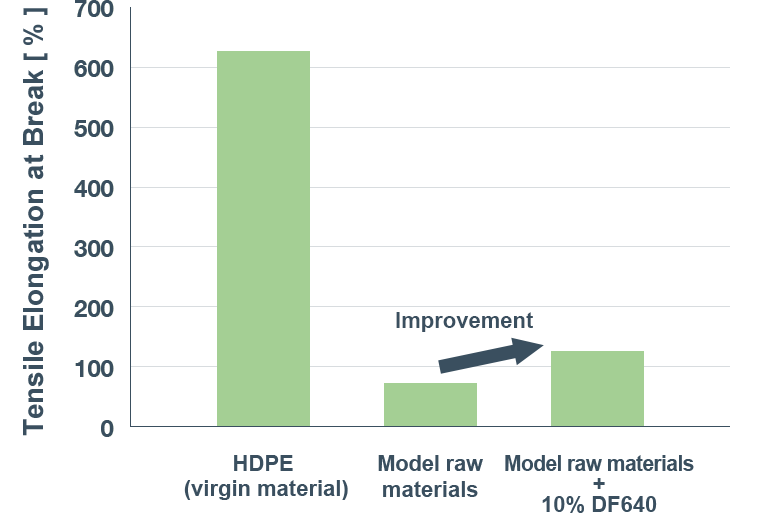
Sample After Impact Test
The addition of TAFMER™ improves impact resistance, as can be seen with a ductile fracture shape forming when impact force is applied.
-

HDPE (virgin material)
Energy at puncture
4.4J -
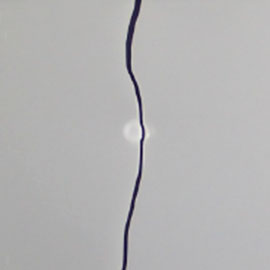
Model raw materials
Energy at puncture
2.4J -
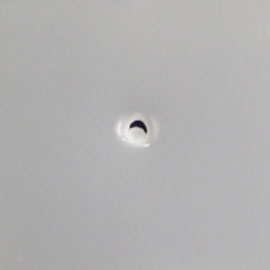
Model raw materials + 10% DF640
Energy at puncture
4.6J
PP/PA modification data
Model raw materials: hPP / PA6=80/20wt% / Modifier: TAFMER™ MH7010
hPP : MFR(230ºC) = 3g/10min.
PA6: Extrusion molding type
MH7010: MFR(230℃) = 1.8g/10min., density = 870kg/m3
The addition of TAFMER™ improves impact resistance (absorbed energy during impact test) and tensile elongation.
-
《 Impact Resistance 》
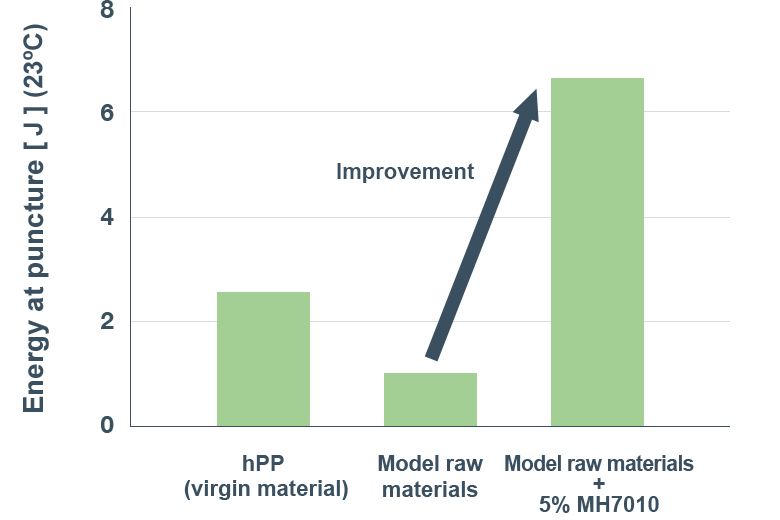
-
《 Tensile Elongation at Break 》
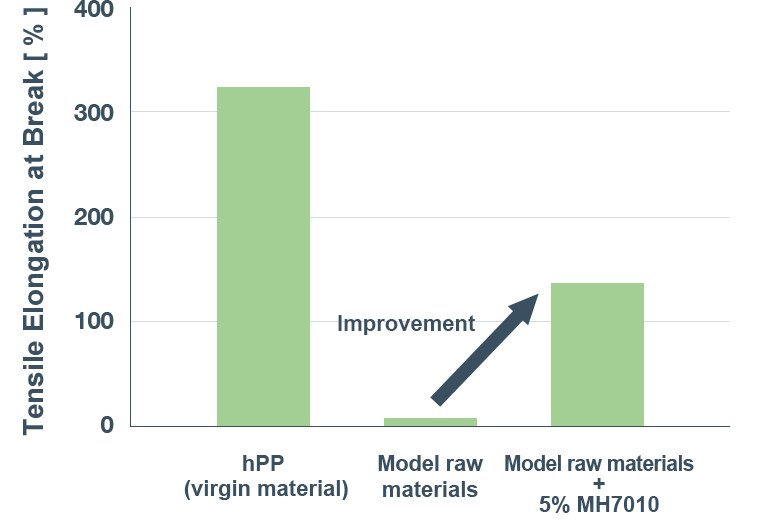
Sample After Impact Test
The addition of TAFMER™ improves impact resistance, as can be seen with a ductile fracture shape forming when impact force is applied.
-
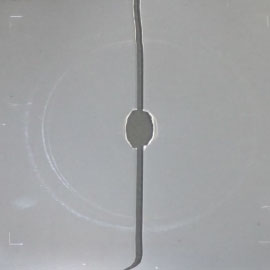
hPP (virgin material)
Energy at puncture
2.5J -
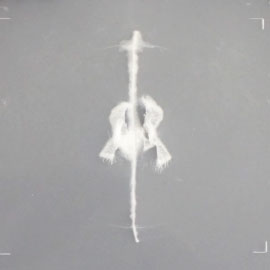
Model raw materials (hPP/PA6)
Energy at puncture
1.0J -
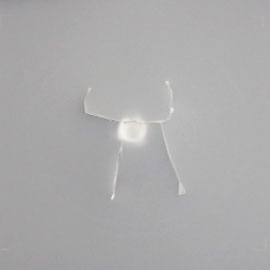
Model raw materials + 5% MH7010
Energy at puncture
6.4J
Modification data for recycled PP
Base resin:Recycled PP / Modifier: TAFMER™ DF640
DF640:MFR (230℃, 2.16kg)= 6.7g/10min.、density = 864kg/m3
The addition of TAFMER™ improves impact resistance (absorbed energy during impact test) and tensile elongation.
-
《 Impact Resistance 》
-
《 Tensile Elongation at Break 》
Sample After Impact Test
The addition of TAFMER™ improves impact resistance, as can be seen with a ductile fracture shape forming when impact force is applied.
-

PP (recycled material)
-

PP (recycled material) +
10% DF640 -
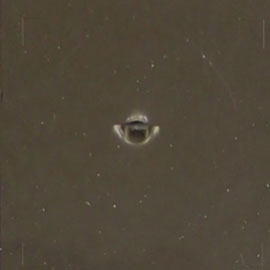
PP (recycled material) +
20% DF640



